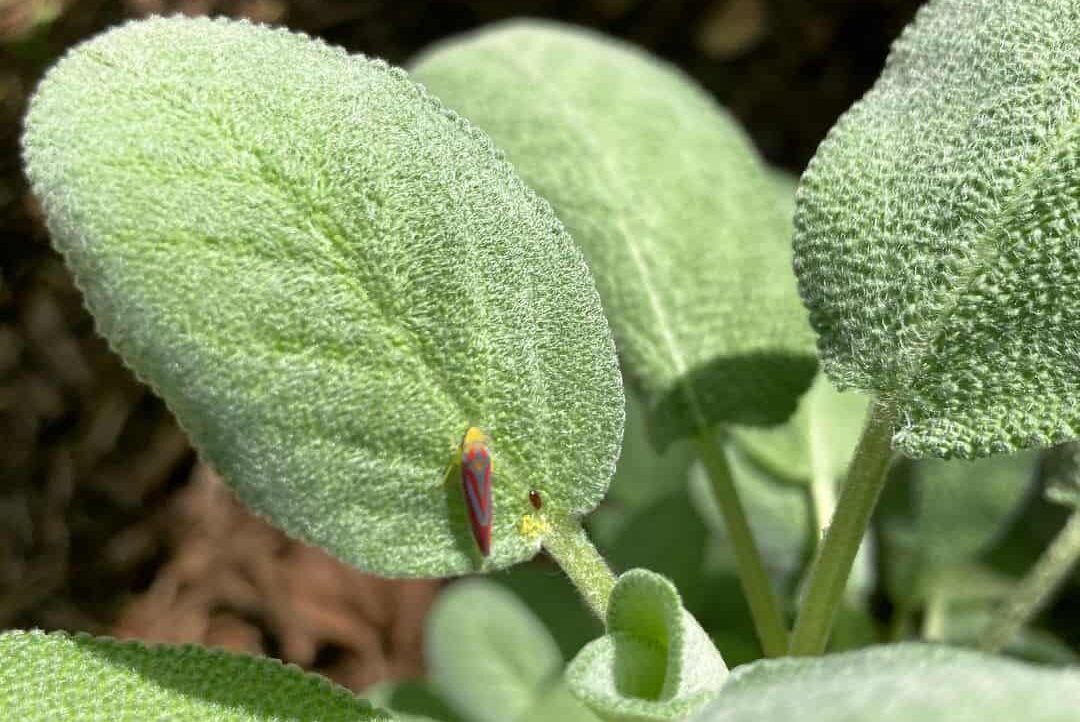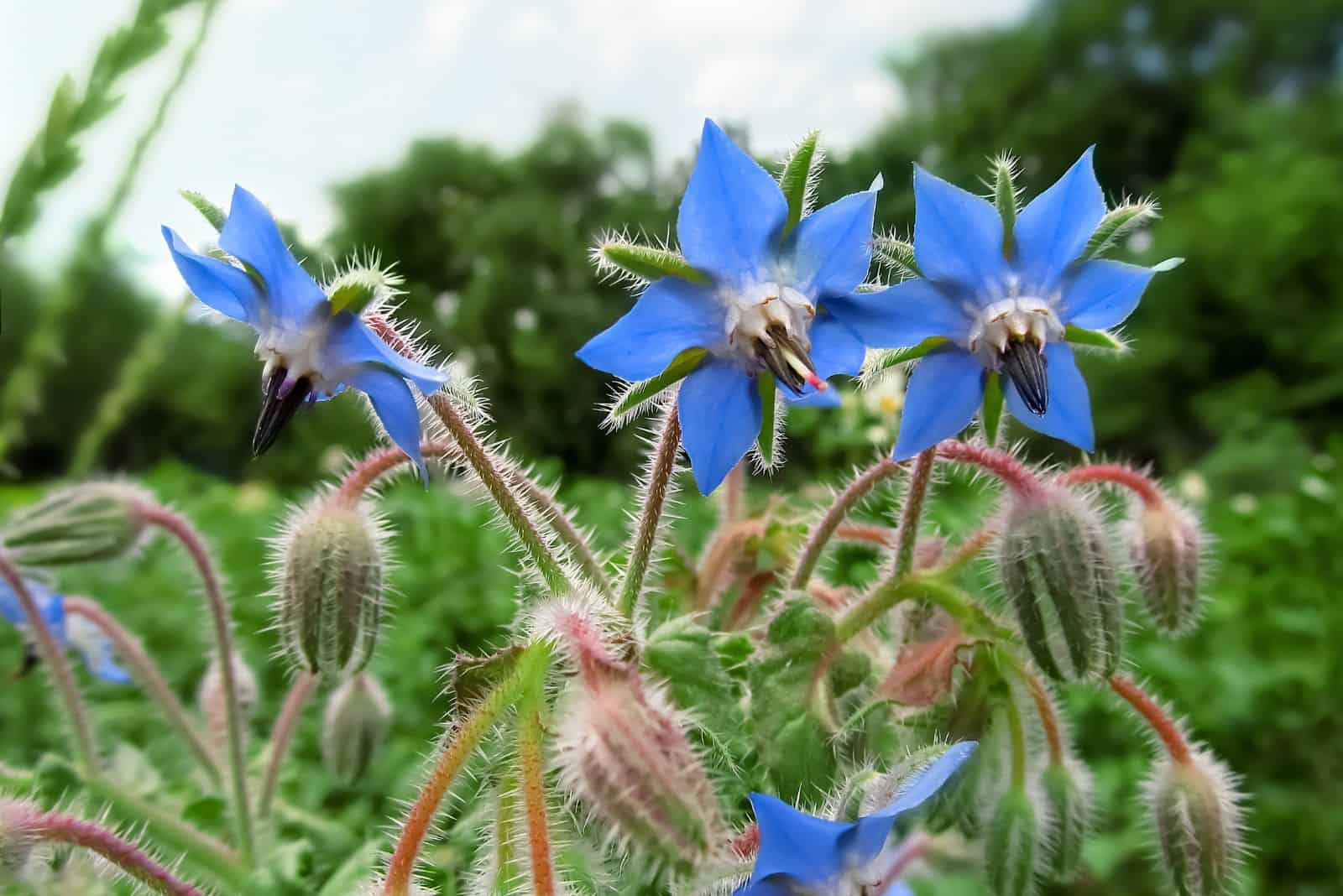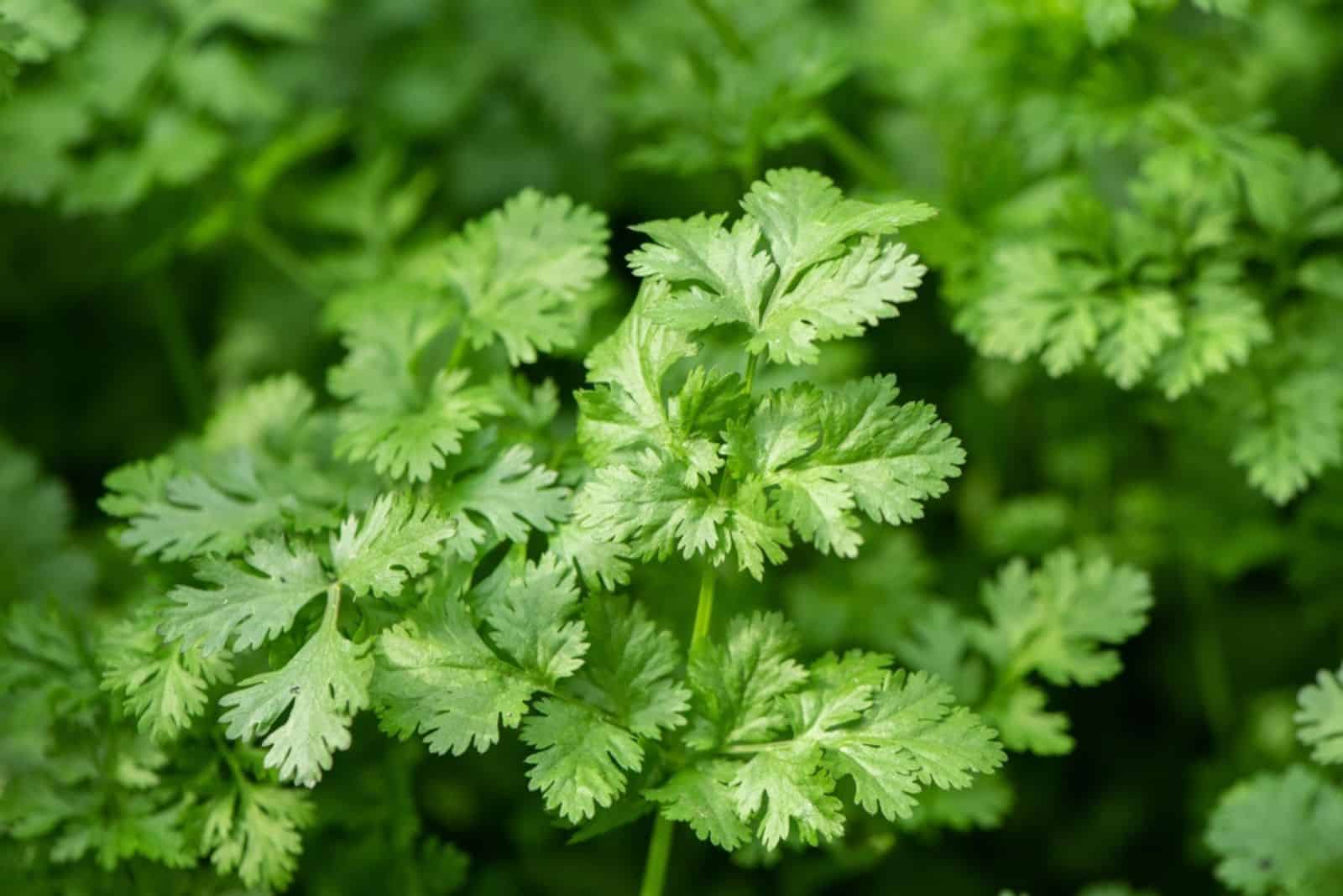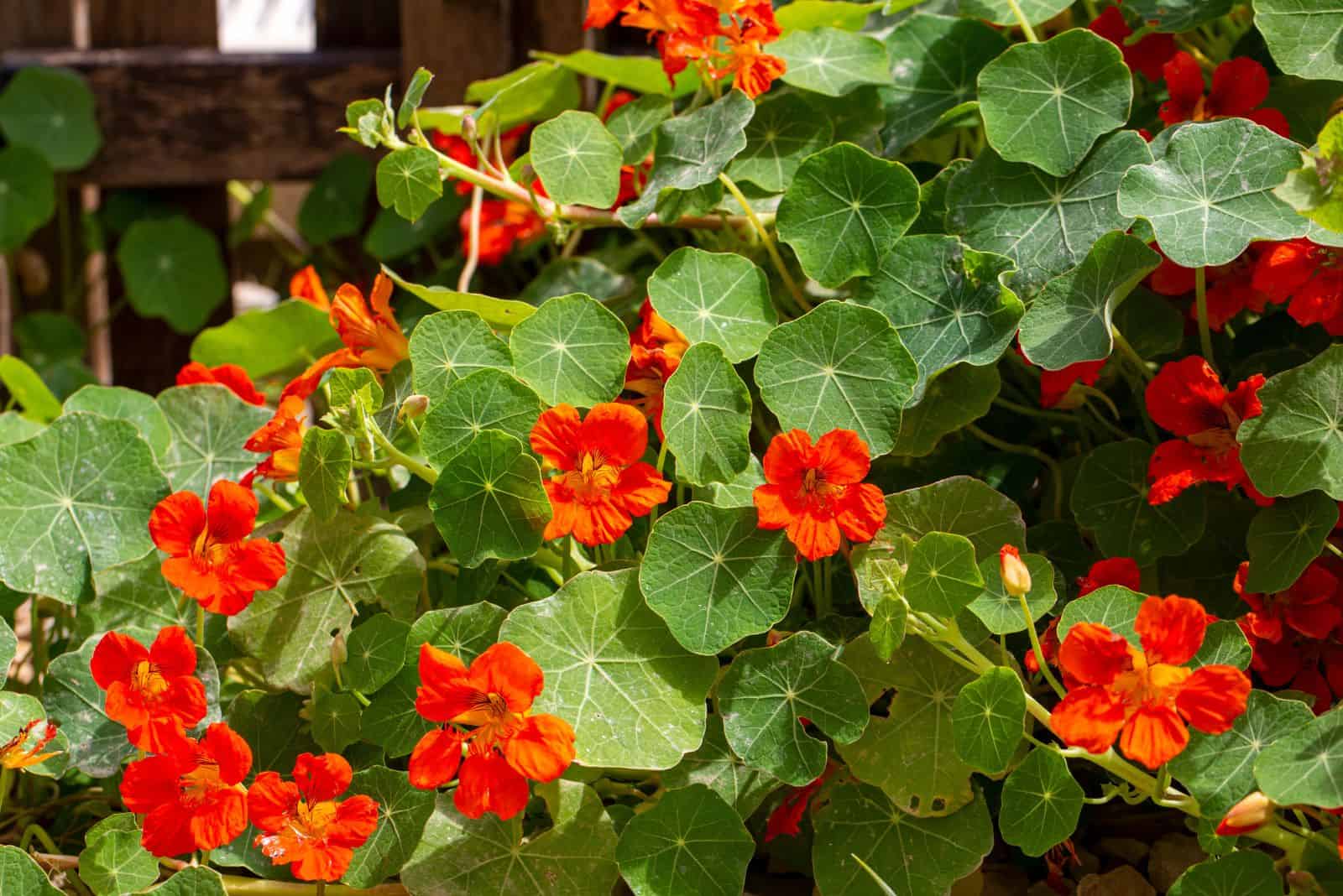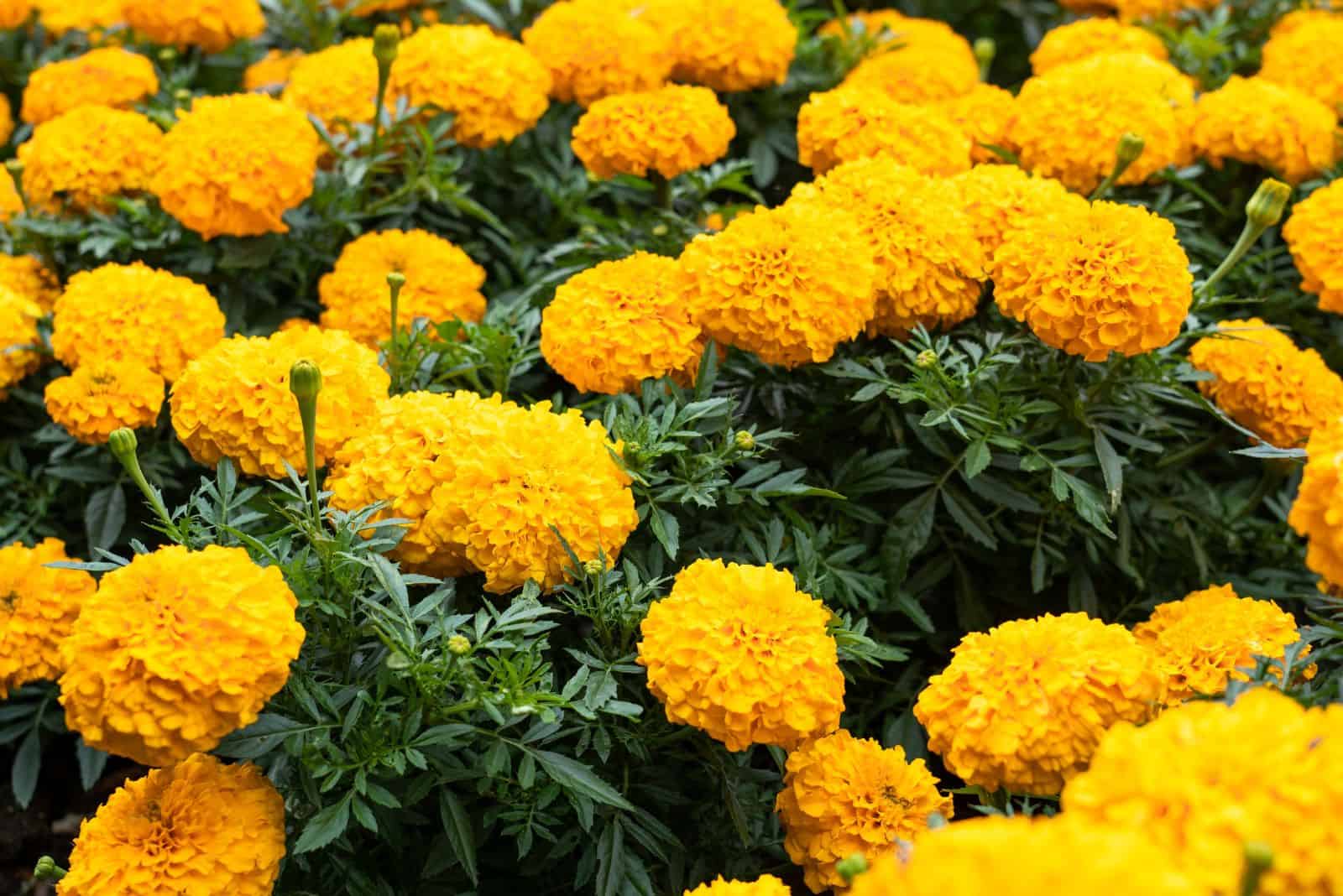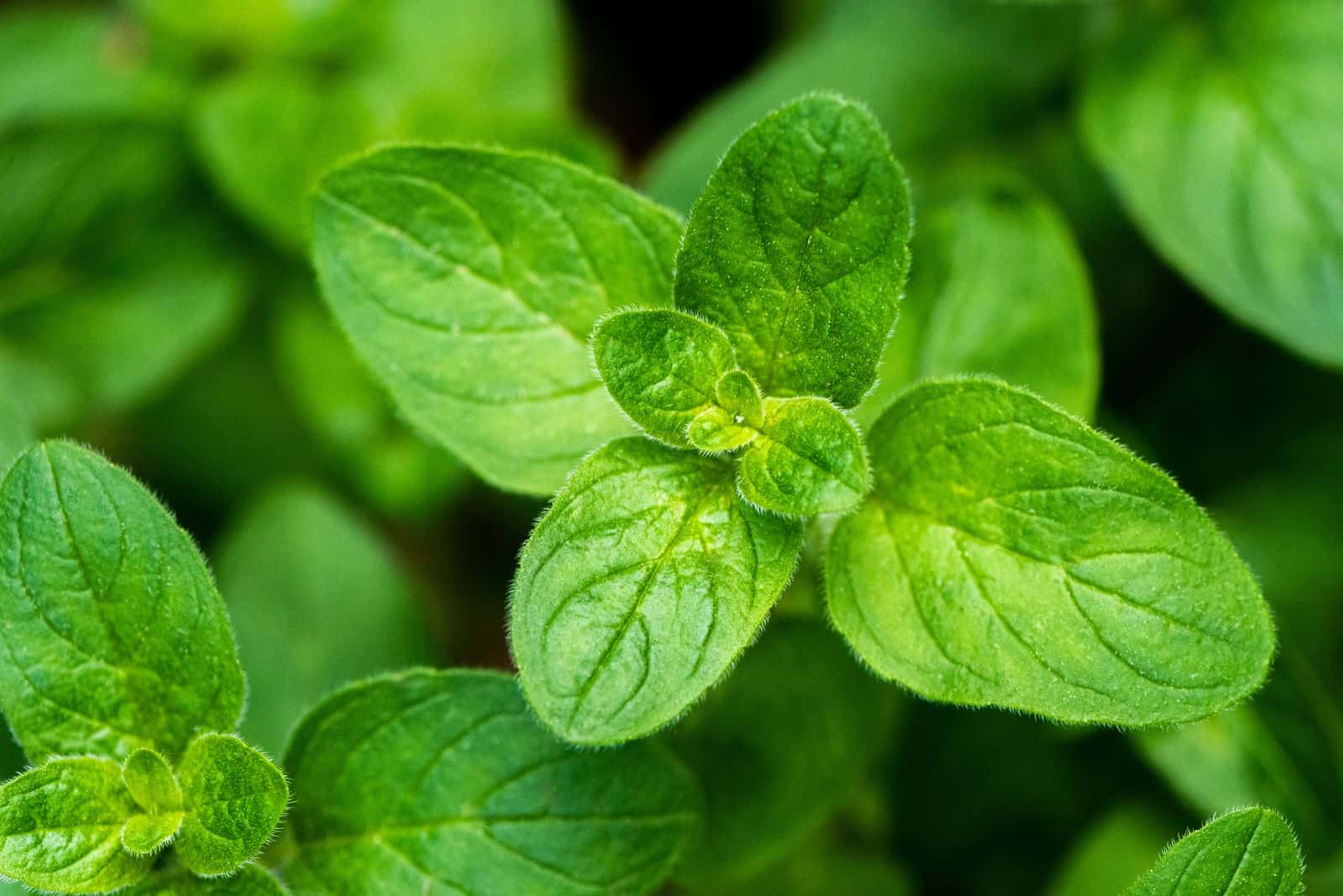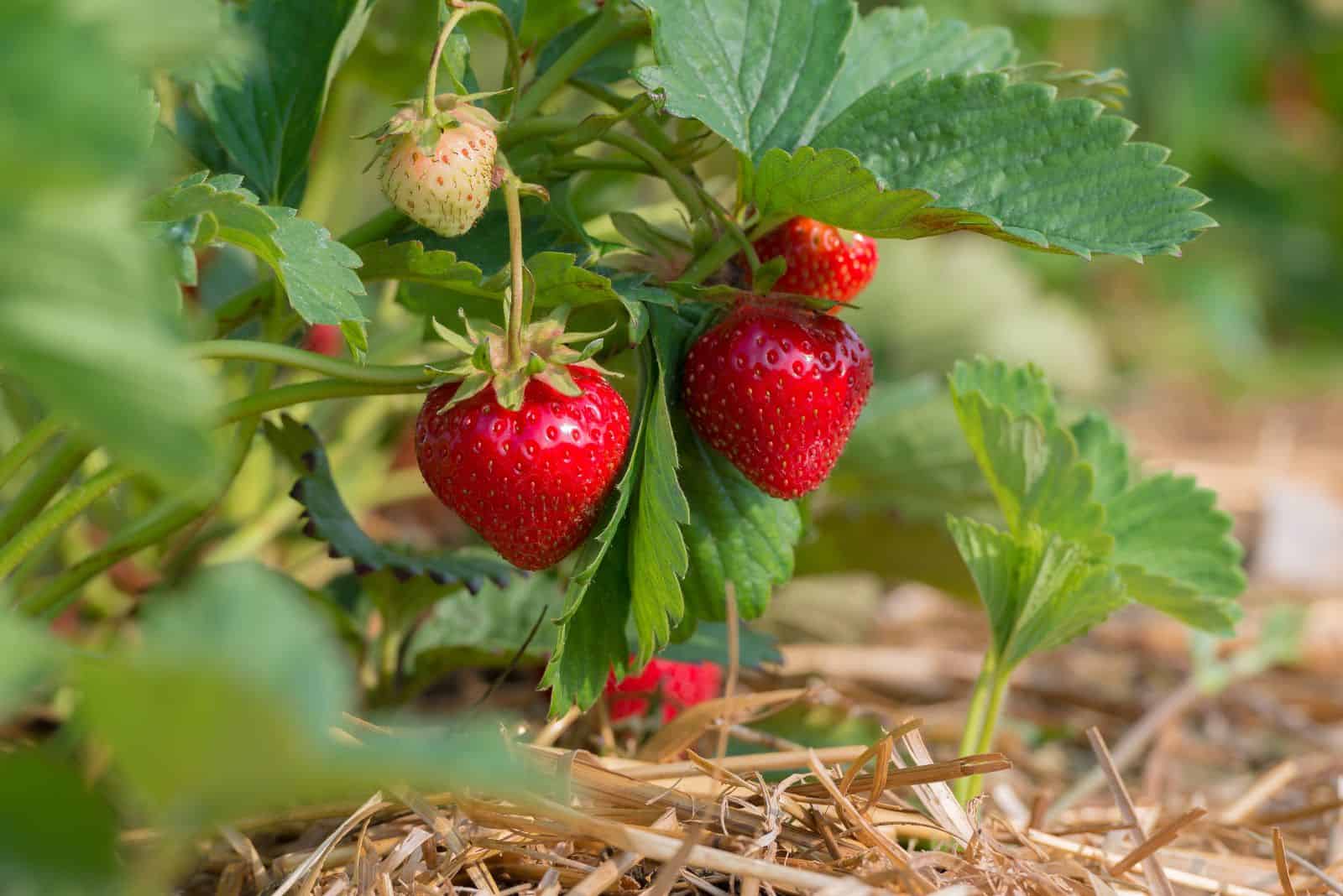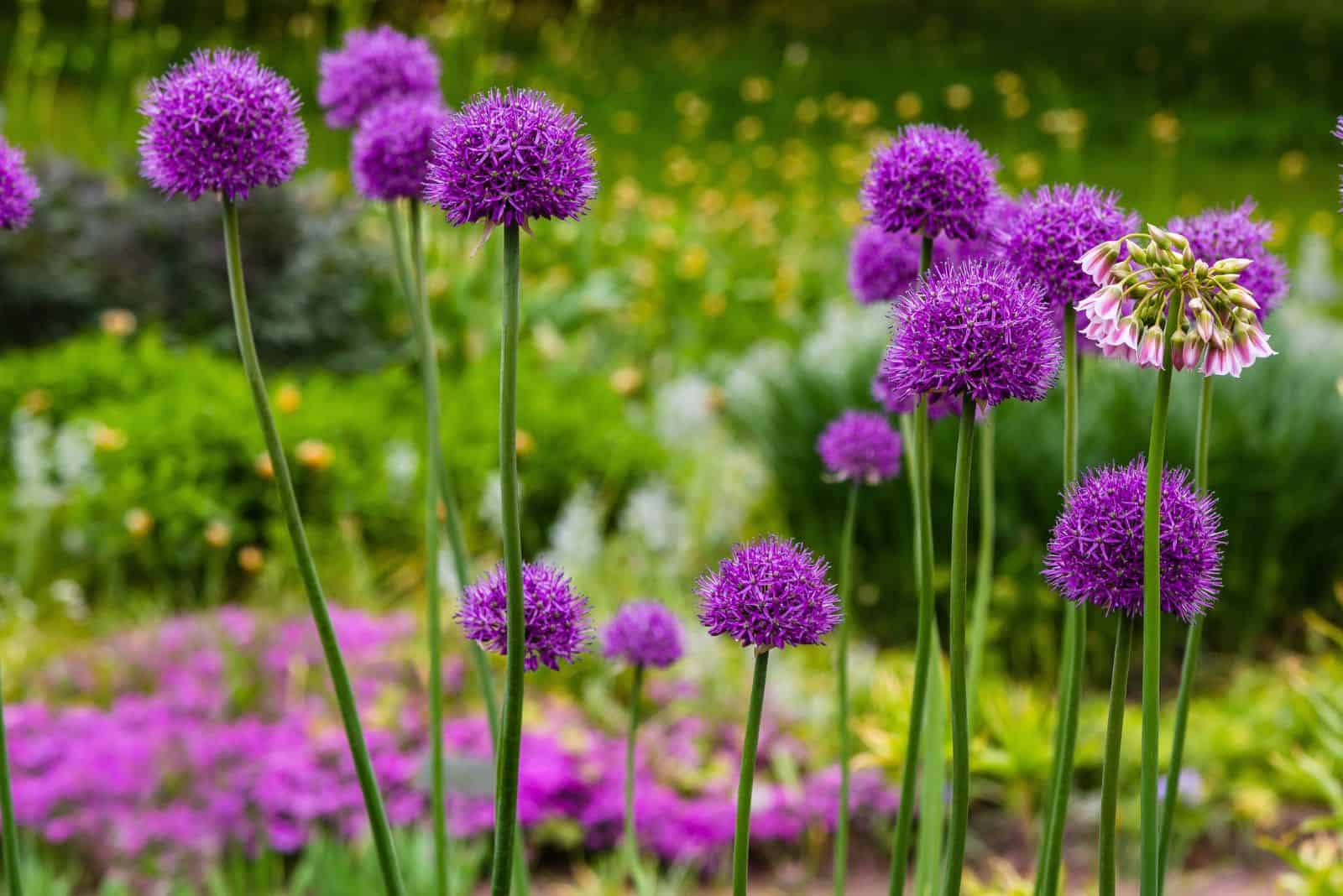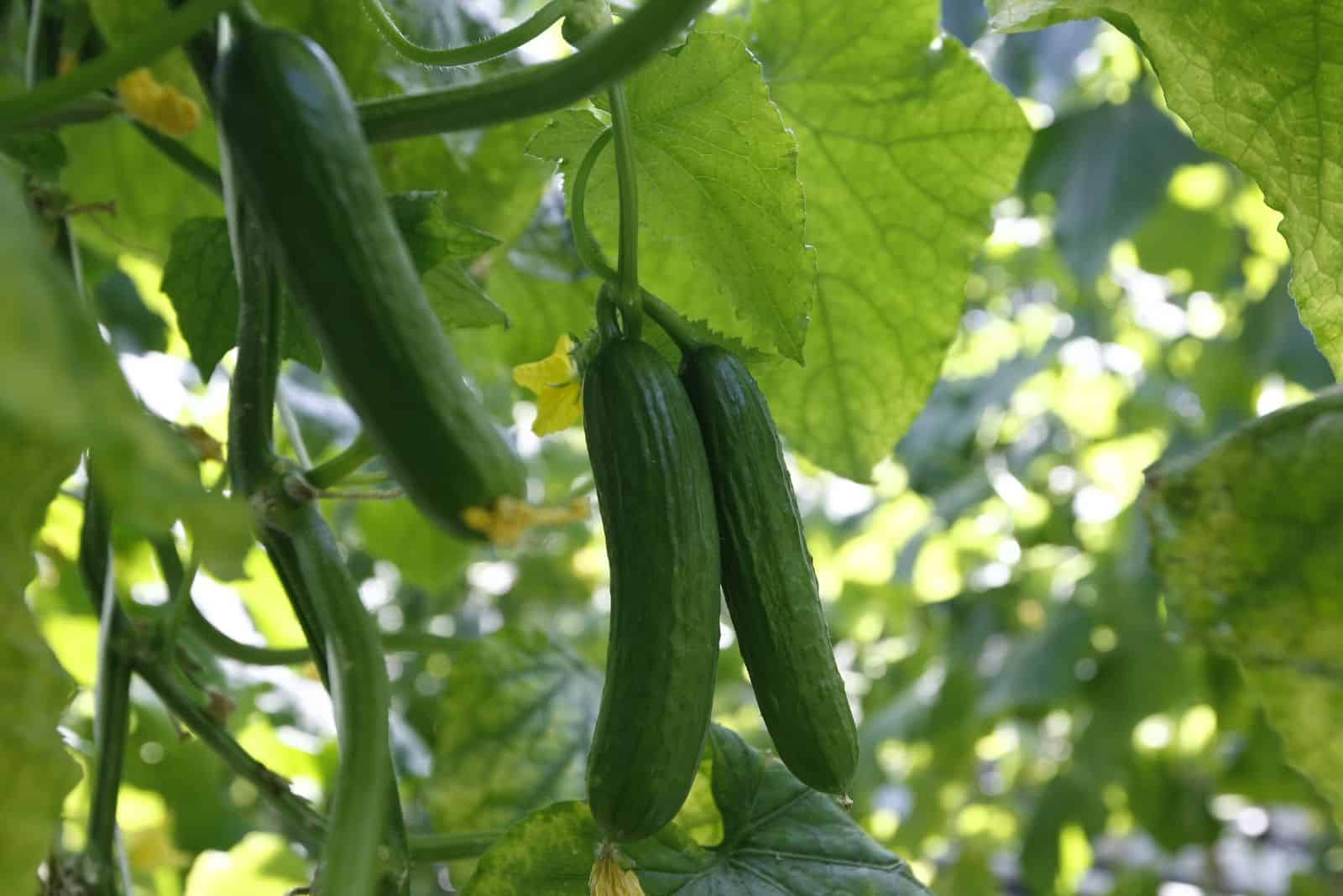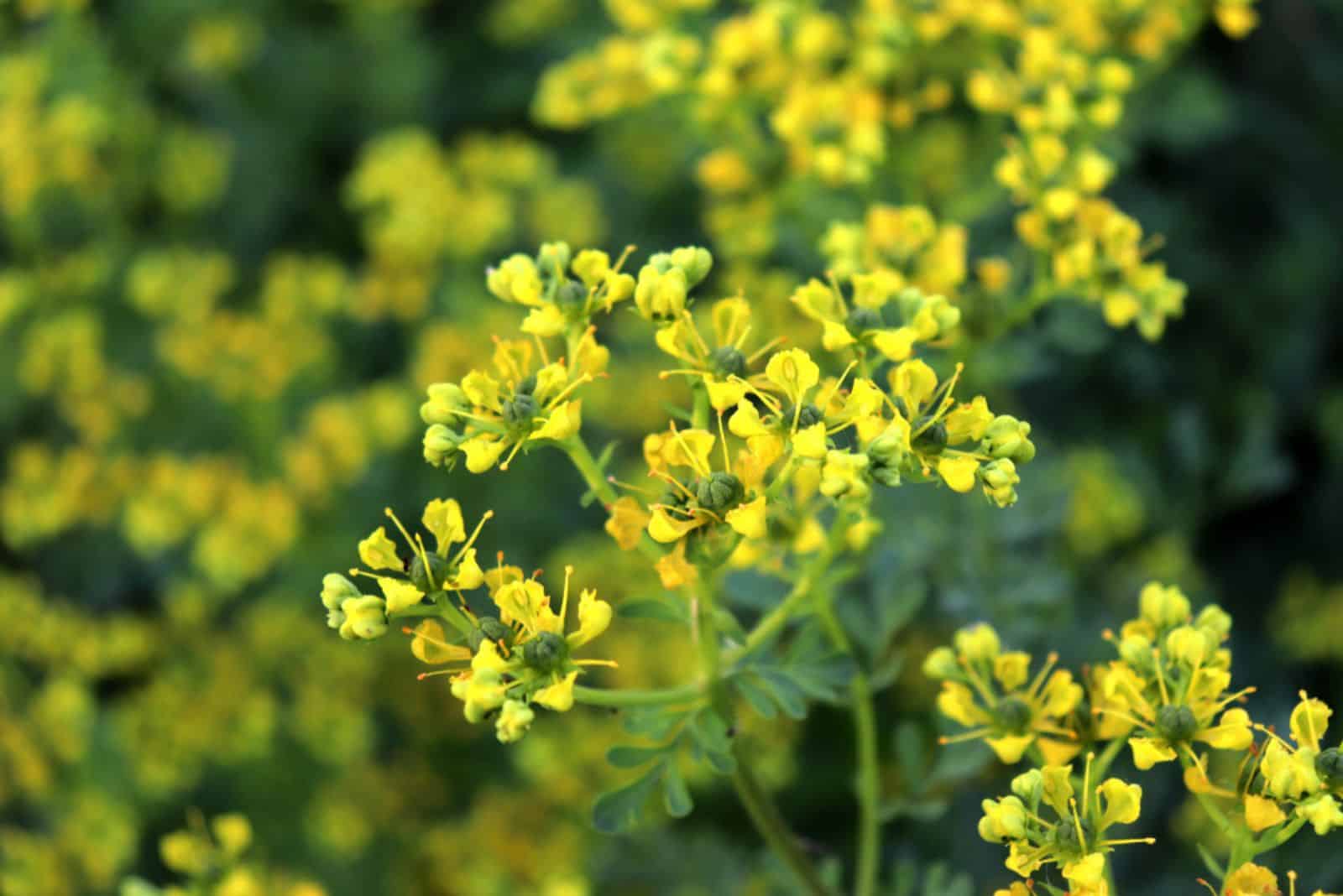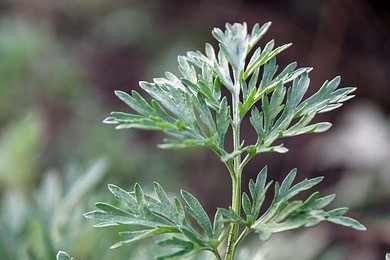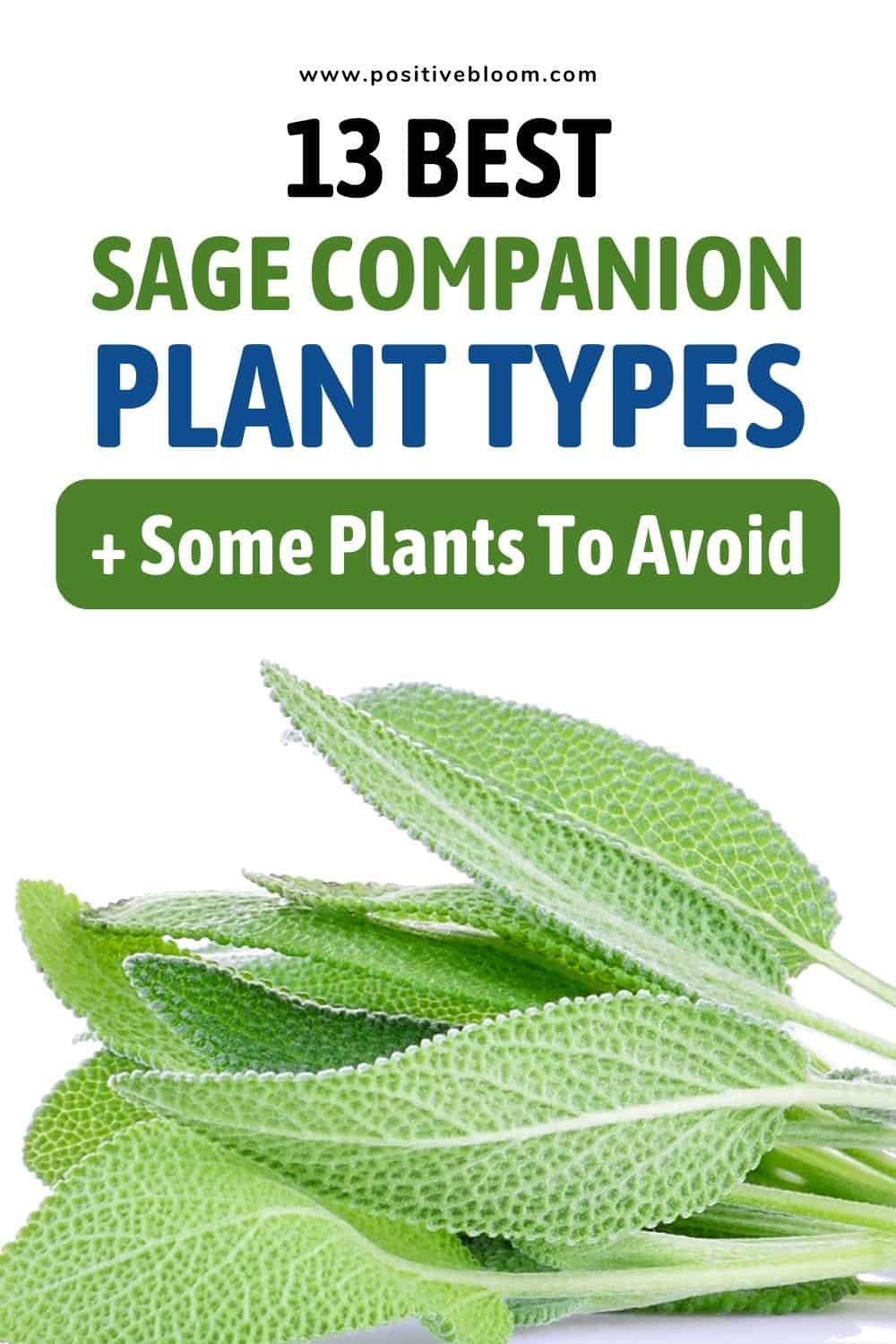Sage is an aromatic herb that can be used for all sorts of things, whether it’s as a spice in cooking or brewed in a warm tea.
But did you know that this herb is an excellent companion plant and that there are many sage companion plant varieties, such as other drought-tolerant herbs, plants from the cabbage family, and even strawberries?
All you need to do is watch out for individual plants’ needs, and if some thrive in dry conditions, like sage, you can grow them together. And if not, you can always plant your sage in a container and place it near your vegetable garden to reap all the benefits.
We’ll also discuss some plants you shouldn’t grow near this herb, and we’ll finish with some benefits of companion planting.
Now we must get started ‘cause we’ve got a lot of work to do!
13 Best Sage Companion Plant Types
The best sage companion plants are drought-tolerant and fragrant herbs, tomatoes, beans, strawberries, plants from the Brassica family, nasturtiums, marigolds, etc.
And if you want to learn more about pairing it with different plants, you can always refer to the herb companion planting chart.
1. Borage
Borage prefers well-draining soil and full sun conditions, much like sage, so you could grow them in the same location.
Both plants are excellent at deterring pests such as tomato hornworms, so you can combine both plants and grow them near your tomato crop.
Furthermore, sage can repel flea beetles and attract pollinators, which will increase any yield.
2. Brassicas (Kohlrabi, Brussels Sprouts)
Plants from the cabbage family, such as cabbage, broccoli, cauliflower, brussels sprouts, kohlrabi, etc., adore sage because it repels cabbage loopers, maggots, worms, and cabbage moths, black flea beetles, and other pests which attack these plants.
The potent fragrance of sage deters these pests, and they will not lay their eggs anywhere near this perennial herb.
3. Bush And Pole Beans
Beans are good companions to sage because they help in nitrogen fixation and enrich the soil with this nutrient.
However, growing sage too close to these veggies can stunt the growth of both plants, so make sure to leave some space between them for their roots to be able to develop.
4. Carrots
Sage and carrots are an excellent combination because the sage helps deter carrot flies from this veggie.
Carrot is a root vegetable, so it won’t compete with sage plants for space. Some growers also claim that sage can improve the carrot flavor, but you’ll have to see that for yourself!
5. Cilantro
Cilantro can attract beneficial insects such as parasitic wasps, tachinid flies, and hoverflies that feast on aphids, spider mites, cabbage moths, etc.
Sage can also attract some natural predators, but it works better as a pest-repellent due to its strong fragrance.
However, these plants have different growing conditions, so you shouldn’t grow them in the same container, or either your sage will get overwatered or your cilantro underwatered.
6. Lavender
Lavender is an amazing companion to sage. They have similar growing requirements, so you can grow them in the same location and soil.
They are both aromatic herbs that are excellent at repelling slugs, aphids, fleas, mosquitoes, deer, etc. Lavender has a more potent fragrance, so it can deter harmful insects just by being there.
And once the lavender and sage plants flower, they will attract pollinators to ensure a high yield.
Finally, these two plants are similar (not just their benefits to your crop), so knowing the differences between Russian sage and lavender can help you improve your gardening experience.
7. Nasturtiums
Nasturtiums are an excellent trap crop because they’re gorgeous, and you can use them to garnish your salads and dishes.
They do require more moisture than sage does, but if you grow them in separate containers, you can reap all their benefits without endangering either of the plants.
Whiteflies often love breeding on sage, but if there are a couple of nasturtiums close by, they’ll infest them first and leave your fragrant herb intact.
8. Marigold
Marigold is a great companion plant to sage because the combination of the two repels aphids better than either on their own. Also, the marigold releases a toxin that destroys root-knot nematodes and will keep all your plants safe.
Furthermore, marigold and sage plant flowers are irresistible to pollinators and ladybugs, which helps control pest infestations in your garden.
9. Marjoram
Marjoram is another drought-tolerant herb, so it’s perfect for sage. Both are also perennial plants in USDA zones 9 and above, so you won’t have to replant them year after year.
Marjoram is a fantastic companion because it improves the flavor of other plants and speeds up their growth rate.
And just like sage, it bears beautiful blossoms that attract different bees, bumblebees, and other insects, which ensures proper pollination.
Therefore, you can grow this plant combination near your vegetable garden to increase your yield.
10. Oregano
Oregano is moderately tolerant of drought, and you can pair it with sage without worrying about hurting either of them.
It repels cucumber beetles, aphids, and squash bugs, so it’s perfect for growing near these veggies. Sage can also help repel some popular insects, which is why many growers plant them together.
Both herbs attract pollinators once they flower and will improve the yield of other plants. They also keep each other safe, so you can grow them on your kitchen window and enjoy their aroma.
11. Rosemary
Rosemary doesn’t grow well with other herbs, but it loves sage because they have similar growing requirements. Both plants repel cabbage moths, carrot flies, etc., so you can grow them near brassicas and carrots.
And once rosemary and sage plants flower, they’ll attract beneficial insects to your garden beds and protect your plants from aphids, whiteflies, spider mites, etc., and also pollinate them at the same time.
Finally, knowing how to choose the best rosemary planter (and for sage) is crucial because these plants cannot tolerate wet soils.
To prolong their life (and keep benefiting from their pollinator-attracting and pest-repelling abilities), it’s vital to create perfect growing conditions for them.
12. Strawberry Plants
Sage is the perfect companion for strawberry plants because it keeps pests at bay and improves the flavor of this delicious berry.
This herb also attracts various pollinators once it opens its fragrant blossoms, so your strawberries will keep on providing fruit.
Furthermore, sage repels slugs and snails, which are both common pests that invade strawberry plants, so companion planting these two species will keep them happy, healthy, and thriving.
13. Tomato Plants
There are various tomato companions and growing buddies, and sage is one of them. This herb repels flea beetles and attracts ladybugs, which feed on spider mites, aphids, whiteflies, and mealybugs.
And if you want to get rid of tomato hornworms from your garden, you can interplant sage with borage to double their effect.
Sage also increases pollinator activity and may ensure a larger tomato crop yield.
Not So Good Companion Plants For Sage
We discussed some good companion plants for sage, but there are also those that you should avoid planting near this herb.
For instance, alliums, cucumbers, and certain herbs are terrible companions for sage because they might stunt each other’s growth or have different growing conditions.
Alliums
You should plant alliums such as chives, garlic, onions, and leeks away from your sage because they have different growing conditions.
Alliums prefer more moisture in the soil than sage, but if you still want to reap the benefits of companion planting, you can grow chamomile with these veggies or plant your sage in a separate container.
Cucumbers
Cucumbers are another vegetable that you shouldn’t plant near sage. First of all, they love moisture, and sage cannot thrive in such conditions.
Secondly, it is believed that sage, basil, and other similar plants may stunt their growth, and no one wants that.
And thirdly, some gardeners believe that cucumber obtains the flavor of aromatic herbs grown near it because it is 96% water.
Herb Companion Planting Guide
There are also many herbs that you shouldn’t grow near sage; for instance, basil, fennel, rue, and wormwood.
Let’s find out more.
Basil
Basil and sage have different growing requirements, so you shouldn’t plant them in the same container or plot.
If you see your basil plant wilting, it could be because it has been underwatered, which is likely if you grow it with sage and other drought-tolerant herbs.
Avoid Planting Fennel And Sage Together
You shouldn’t grow fennel near any plant, not just sage. It is allelopathic, which means that it will stunt the growth of its companions.
Furthermore, these two herbs have different watering requirements, so you won’t be able to grow them successfully.
Rue
Rue is another herb that can stunt sage’s growth and even affects some other plants (brassicas, basil, etc.).
However, it has impressive pest-repelling abilities, so you should still pair it with plants such as onions, figs, raspberries, etc.
Wormwood
Wormwood is another toxic herb that may stunt the growth of your sage plant, so don’t plant these two species together.
It is, however, amazing at repelling insects, and you can grow it near carrots (but not too near) to reap its benefits.
Benefits of Companion Planting
Companion planting is a great way to deter pests in a natural way and attract pollinators, improve the growth rate and taste of your plants, provide ground cover and shade, and enrich the soil with minerals.
Of course, not all plants can do everything from the list, so try experimenting with various herbs and veggies until you find the perfect combination.
Below, you can learn more about it!
Pest Control (Slugs, Snails, Insects)
Many aromatic herbs, such as sage, lavender, basil, etc., can repel pests simply with their scent. Snails, slugs, mosquitoes, and even deer cannot tolerate the smell, so they keep away from these plants.
Attracting Beneficial Insects
Flowering and fragrant plants attract pollinators to your garden, pollinate your plants, and increase the harvest.
Ladybugs, hoverflies, parasitoid wasps, and tachinid flies are also beneficial insects, although they don’t do much pollinating. Instead, they prey on pests such as aphids, spider mites, whiteflies, and mealybugs and keep the infestations under control.
Improving Flavor And Growth Rate
Certain plants can improve the flavor and speed up the growth rate of their companions. For instance, sage enhances the taste of carrots and strawberries, while marjoram speeds up their development.
Enriching Growing Medium With Nutrients
Certain plants, such as bush and pole beans, participate in nitrogen fixation and supplement this mineral to the soil.
Providing Ground Cover
Shorter herbs, such as basil, parsley, cilantro, etc., act as a ground cover and protect the roots of your plants from drying out in the scorching sunlight.
They reduce evaporation, so you won’t have to worry about wilting plants!
Providing Shade
Finally, taller plants such as corn, tomatoes, beans, peas, and even Brussels sprouts provide shade to your short veggies and herbs and will keep them protected from the burning midday sun.
FAQ
We discussed sage companion plants and some species you should avoid growing near it, but there are still certain questions about this herb’s preferred growing conditions.
Does sage like the full sun?
Sage thrives in full sun, but it could benefit from partial shade during the hottest times of the day if you live in a region with hot summers.
And if you grow it indoors, place it on an east- or south-facing window where it’ll get direct light when the sun isn’t too harsh.
What type of soil does sage grow best in?
Sage grows in loose, loamy soil that drains well and has a slightly acidic ph between 6.0 and 7.0. If you don’t want to buy a potting mix, you can amend your native growing medium with compost and sand to improve drainage.
Furthermore, Russian sage likes slightly alkaline soil between 7.0-8.0, so it’s perfect for growing with lavender.
Final Thoughts
There are many good sage companion plants, such as tomato and strawberry plants, drought-tolerant herbs (lavender, rosemary, etc.), vegetables from the Brassica family (kohlrabi, cabbage, brussels sprouts, etc.), flowers like marigolds and nasturtiums, etc.
Of course, there are also plants you shouldn’t grow near sage, such as those with different growing conditions (alliums, basil). Some plants stunt the growth of sage, or this herb hinders their development, so plant them as far away as possible to see them all thriving.
Finally, we presented some of the main benefits of companion planting so that you know exactly what you’ll gain by growing various fruits, herbs, and veggies together.
Good luck, and until next time!
Like this post? Share or pin it for later!

